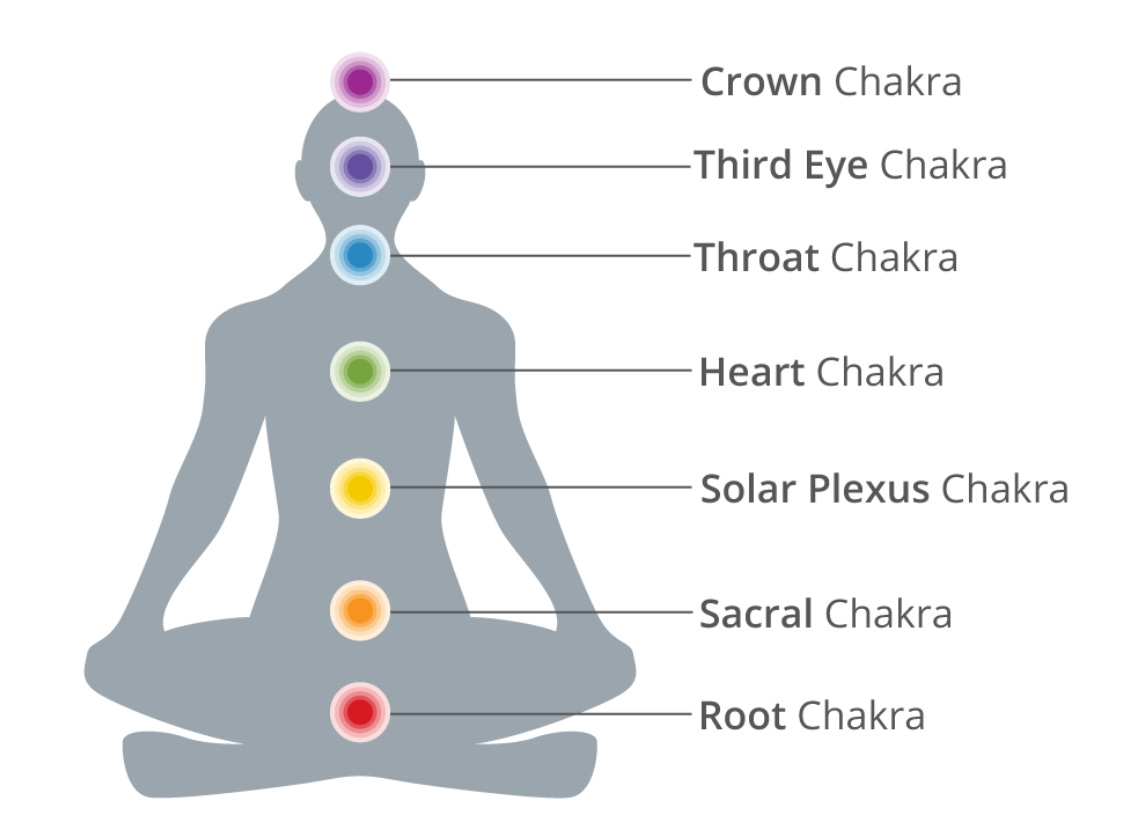Using The 3Cs of Context, Clusters, Congruence To Detect Lies
Dale showed up for therapy after being “voluntold.” His sergeant noticed something was amiss and “suggested” Dale come to therapy before returning to work because, after all, therapy worked for his sergeant so he thought it would work for Dale. Just for the record, sometimes what is good for the goose is not good for the gander.
Whenever a new client comes into therapy I do an intake form, which is basically an opportunity to collect historical and personal information for future contact or in the case of emergency. More importantly, it’s an opportunity to 1) build rapport and 2) establish (for me) a baseline of body language. It’s not likely someone will lie about their name, address, email, phone number, number of kids, etc…, so it gives me a good opportunity to view their body language while they tell what I believe to be their truth. It’s when there’s discontinuity in their non-verbals that I begin to raise the red flag.
There are three things—three Cs—to look for when it comes to assessing one’s body language:
Context. Does their behavior match the environment? For example, just because somebody is sitting or standing with crossed arms doesn’t mean they’re angry or defensive, they may just be cold. That’s context.
Clusters. A single gesture isn’t enough, we’re looking for three or more. Settling for just one reminds me of that scene from Super Troopers:
Here’s the fully monty in case you have no idea what I’m talking about:
Congruence. Do the non-verbals align with each other? For instance, incongruent body language would be somebody who says they’re interested while leaning back in their chair, feet crossed and retracted backward, hands sandwiched between thighs, and sunken shoulders/low hanging neck, while telling me, “I’m SOOO excited to be here!”
Back to Dale…
With every personal question I asked him, Dale answered without hesitation while maintaining consistent eye contact and leaning forward in his chair, his arms crossed over his lap—a non-verbal show of defense which is typical for clients who are uncomfortable being there. It was when I asked him about his alcohol use that his eyes dropped to the floor, sat back, closed his eyes, rubbed the back of his neck, pursed his lips, and looked off center. Let’s break this down to see why this was a lie:
Eyes dropped to the floor. This was inconsistent (i.e. incongruent) with his baseline behavior leading up to this question, and when I revisited the topic later, I got the same avoidance of the eyes.
He sat back. Sitting back in a chair after leaning forward can suggest a couple things. It may mean disinterest, disagreement, or an unconscious attempt to flee a problem. Here, the problem for Dale was the question—it made him uncomfortable—so in an attempt to find any security he could, he sat back, away from the problem.
Closed his eyes. As children we learn to see no evil, hear no evil, and say no evil, and anything that conflicts with those three manifests as covering our eyes, ears, or mouth, respectively to help ourselves feel better about the problem. This was Dale’s attempt to see no evil, which was the lie he was telling.
Rubbed the back of his neck. The chakra system is a cluster of nerve centers that run (roughly) vertical up and down the midline of the body front and back, starting with the crown at the top of the head and running downward toward the perineum (which is a $50 word for taint). Each chakra has its own responsibilities for governing bodily functioning (where bodily encompasses emotional, mental, and spiritual aspects too—not just physical). Here’s a diagram and a brief rundown of each:
Root. The right to be here and to have, which is connected to sexuality.
Sacral. The right to feel and to want. This is your life force energy.
Solar Plexus. The right to act in the world, to be free, this is your power. Holding on, letting go.
Heart. The right to love and be loved unconditionally. Connected to love. Reaching out, taking in.
Throat. The right to be seen and heard. Connected to expression and creativity.
Third eye. Basic right to see. Connected to meditation.
Crown. Bliss. Right to know. More of a complete surrender than a certain quality.
The chakra system is an incredible framework to follow and is eerily accurate, but that’s the topic for another article.
Anyway, when Dale rubbed the back of his neck he was responding directly to the nerve centers that activated through the throat chakra, as the throat chakra was saying, “Hey! That’s a lie and it directly conflicts with how I want to be seen, heard, and express myself!”
Pursed his lips. Say no evil—another sign that fits the cluster set from above. This was also the first time he did so (incongruent).
Looked off center. See no evil, again.
There you have it. A brief rundown of the 3Cs of non-verbal communication. Finally, I want to highlight that just because somebody looks away when talking to you (as Dale did) doesn’t mean they’re lying. You always want to consider the 3Cs of context, clusters, and congruence because otherwise you may be jumping the gun.



